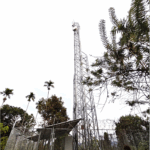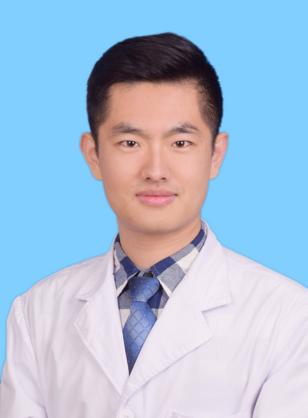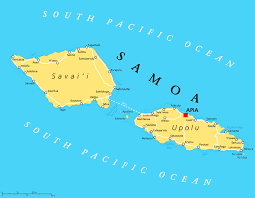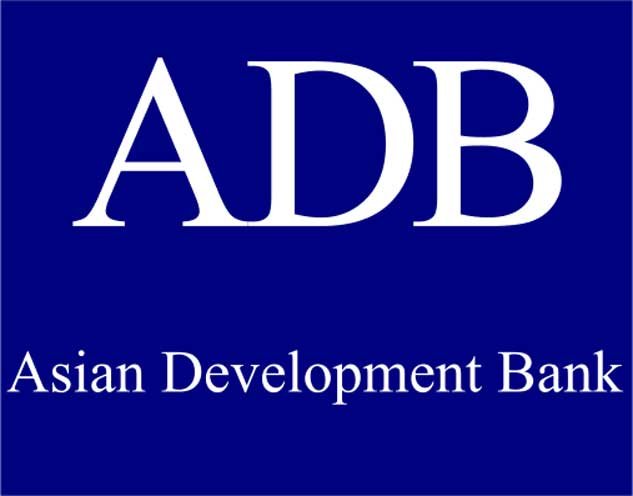BY Chinese Medical Team
Happy Monday, one more thing about acupuncture and how it does work for curing diseases is coming for you. In traditional Chinese medicine theory, acupuncture cures diseases for its therapeutic effects in three aspects.
The first function is unblocking of meridians. The function of unblocking meridians is to make the blocked meridians unobstructed and play their normal physiological role, which is the most basic and direct therapeutic effect of acupuncture. The meridians belong to the internal organs and are externally connected to the limbs. And the flow of Qi and blood is one of the main physiological functions of meridians. When the meridians are blocked and the flow of Qi and blood is obstructed, clinical symptoms present with such as pain, numbness, swelling and ecchymosis. Acupuncture practitioners use appropriate techniques and needles to bleed the acupoints to normalize the flow of Qi and blood.
The second function is to harmonize Yin and Yang. The effect of acupuncture in harmonizing Yin and Yang is to transform the body from a state of imbalance between Yin and Yang to a balance state, which is the goal of acupuncture treatment. The mechanism of disease is complex, but it can be attributed to the imbalance between Yin and Yang in our body generally. The method of acupuncture in harmonizing Yin and Yang is applying acupuncture techniques in proper meridian points according to the properties of Yin and Yang in meridians.
The third function is to strengthen the body resistance to eliminate pathogenic factors. In other words, acupuncture can support the body’s healthy Qi and drive away diseases. As a matter of fact, curing disease is essentially the process of fighting between the positive Qi and the evil. Acupuncture is used to cure illnesses due to its special function.
Lastly, what diseases can acupuncture cure? According to the World Health Organization’s recommended clinical guidelines, it is stated that acupuncture can be used in curing forty-five diseases in five major categories, namely the respiratory diseases such as rhinitis and chronic asthma, ophthalmic diseases like retinitis, post-extraction pain and periodontitis in oral diseases, hiccups and constipation in gastrointestinal diseases, and neuromusculoskeletal diseases, for example, headache, migraine, trigeminal neuralgia, mild post-stroke paralysis, frozen shoulder, lumbago, sciatica, lumbago, knee osteoarthritis, etc.
It is obvious that acupuncture can treat a wide range of diseases, and particularly in treating painful conditions. In the next issue, I would like to share details on acupuncture applied to treating facial paralysis.
(Translated by HUANG BAILIN, International Office, Guizhou Medical University)













